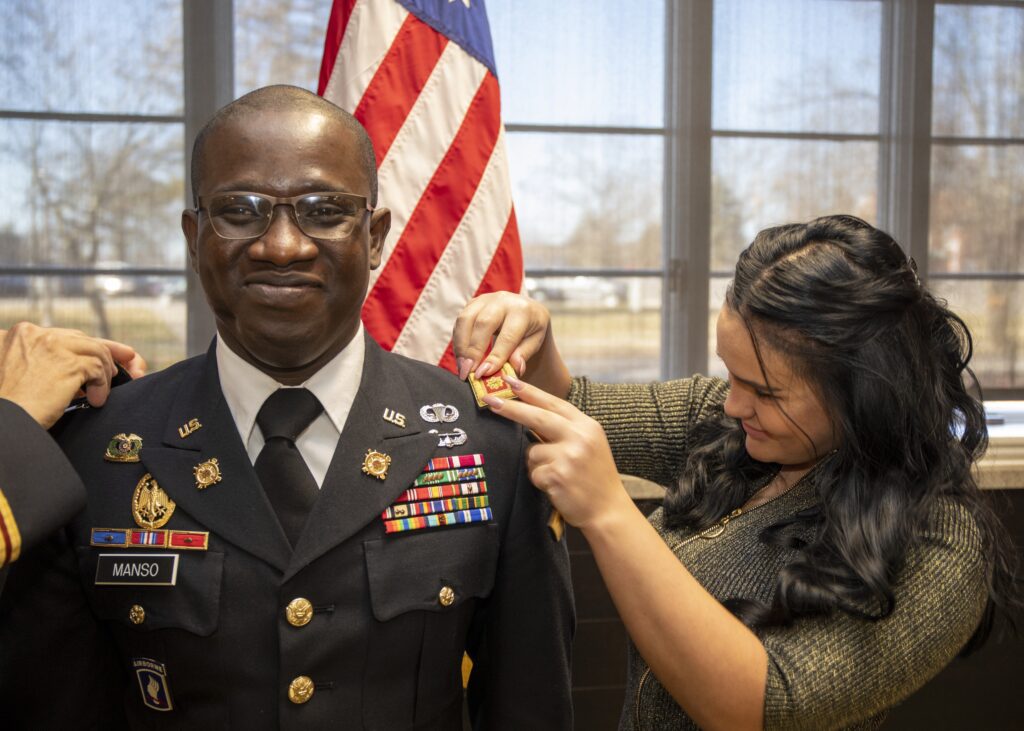This article provides a comprehensive understanding of military ranks and advancement opportunities. Military ranks determine the hierarchy within the military organization and come with various responsibilities and opportunities for advancement. The ranks are categorized into enlisted ranks and officer ranks. Enlisted ranks start with entry-level positions and progress to higher positions such as sergeant major. Officer ranks require a higher level of education and experience and start with positions like second lieutenant. Advancement opportunities exist for both enlisted personnel and officers based on merit, experience, and qualifications. Enlisted personnel can advance through promotion, while officers advance through a combination of time in service and performance evaluations. Understanding ranks and advancement opportunities is crucial for professional growth within the military.
Understanding Military Ranks and Advancement Opportunities
Introduction
In the military, understanding ranks and advancement opportunities is crucial for every servicemember. Ranks not only determine the hierarchy within a military organization but also come with various responsibilities and opportunities for advancement. This article aims to provide a comprehensive understanding of military ranks and the pathways to move up the ranks.
Hierarchy of Military Ranks
The hierarchy of military ranks varies between different branches of the armed forces, but some commonalities exist. Typically, the ranks follow a pyramid-like structure, with fewer positions at the top and more positions at the bottom. The ranks can be broadly categorized into enlisted ranks and officer ranks.
Enlisted Ranks
Enlisted ranks are the entry-level positions in the military. These ranks are usually earned through completing basic training and acquiring essential skills for military service. The enlisted ranks are often denoted by various insignias, badges, or chevrons worn on the uniform.
The enlisted ranks typically start with private or seaman recruit and progress to private first class, corporal or petty officer, sergeant or staff sergeant, and ultimately to positions such as sergeant major, master chief petty officer, or command sergeant major. The specific names and insignias may vary depending on the branch of service.
Enlisted personnel play a crucial role in carrying out the day-to-day operations and often work closely with officers to ensure the missions are executed effectively.
Officer Ranks
Officer ranks are positions of leadership and require a higher level of education, experience, and responsibility. Officers are responsible for planning, coordinating, and overseeing military operations. The officer ranks usually start with second lieutenant or ensign and progress to first lieutenant or lieutenant, captain or lieutenant commander, major or commander, lieutenant colonel or captain, colonel or commodore, and finally to the highest ranking positions such as general or admiral.
The officer ranks are denoted by different symbols, insignias, or epaulets on the uniforms. Officers are trained in leadership, management, and specialized skills related to their branch of service.
Advancement Opportunities
Advancement opportunities in the military exist for both enlisted personnel and officers. Merit, experience, and qualifications play an important role in moving up the ranks.
Enlisted Advancement
Enlisted personnel can advance through promotion based on time in service, successful completion of required courses, and demonstrated proficiency in their respective career fields. In some cases, enlisted personnel may also be eligible for advancement through special programs such as the Non-Commissioned Officer (NCO) promotion system or Performance Based Promotions.
Promotion opportunities for enlisted servicemembers often come with increased responsibility and higher pay grades. Advancing through the enlisted ranks allows for professional growth, increased leadership roles, and potential opportunities for specialized training.
Officer Advancement
Officer advancement occurs through a combination of time in service, performance evaluations, and completion of professional development courses. Advancing through the officer ranks requires continued dedication to personal and professional growth.
Performance evaluations and recommendations from superiors play a crucial role in officer promotion. Officers with exceptional leadership skills, expertise in their field, and a track record of success are more likely to advance to higher ranks.
In addition, officers can pursue advanced education, such as attending military academies or earning advanced degrees, which can contribute to career advancement opportunities in the military.
Conclusion
Understanding military ranks and advancement opportunities is vital for any servicemember looking to grow professionally within the armed forces. Whether starting as an enlisted member or aiming for an officer position, the path to advancement requires dedication, commitment, and continuous personal and professional development.
By understanding the hierarchy of ranks and the requirements for promotion, servicemembers can set goals and work towards achieving higher ranks and the accompanying opportunities. Promotion not only brings increased responsibilities but also offers a chance to make a more significant impact, contribute to decision-making processes, and take on leadership roles within the military.
